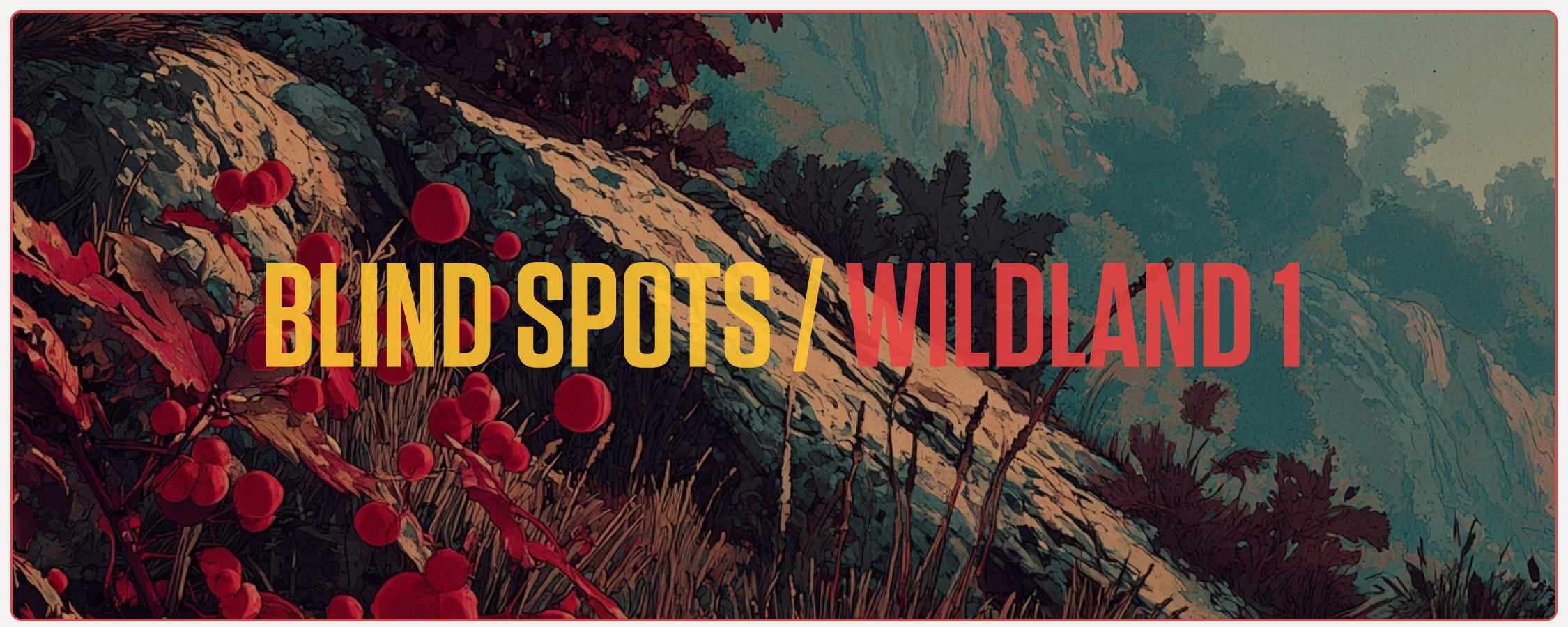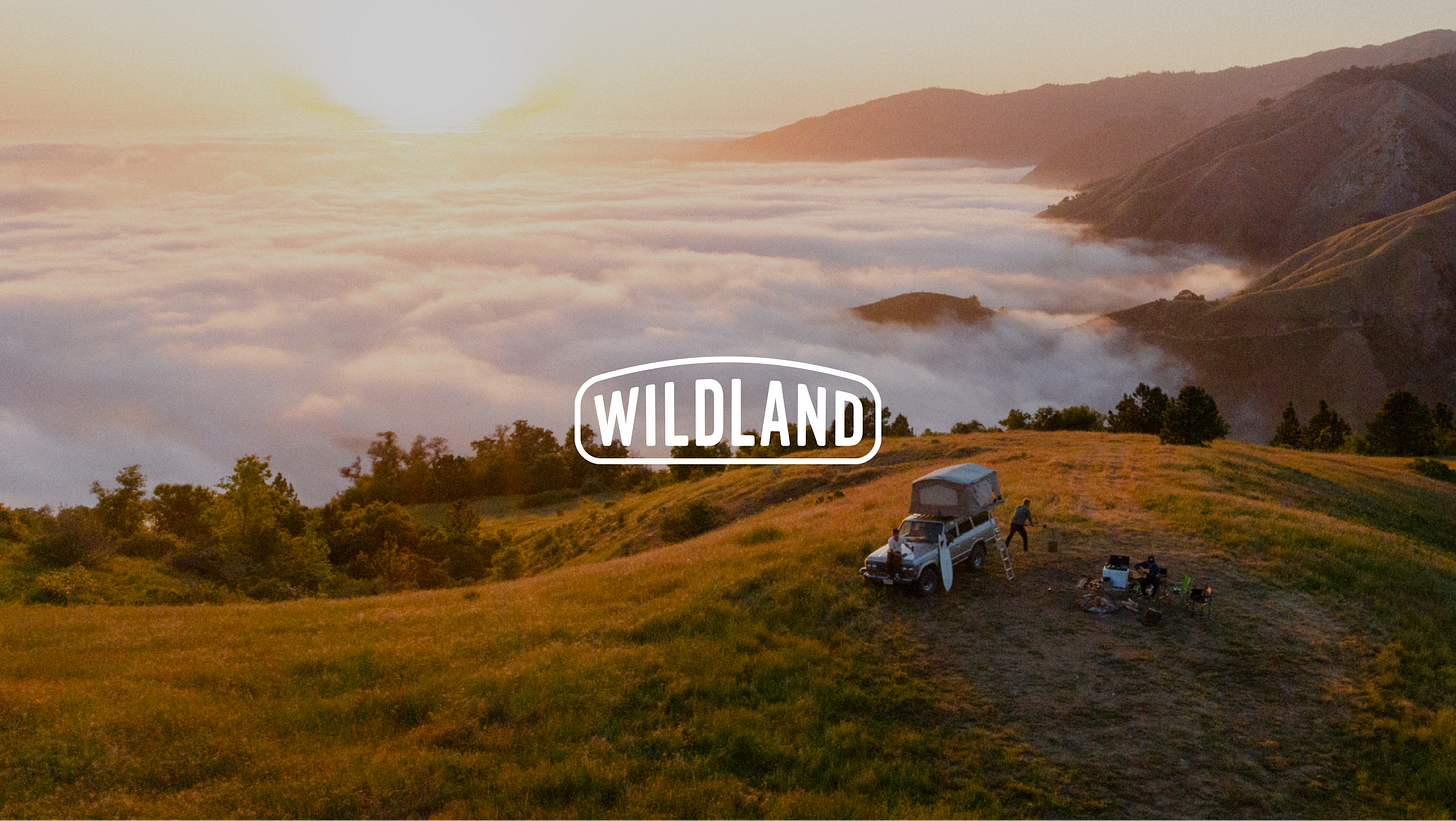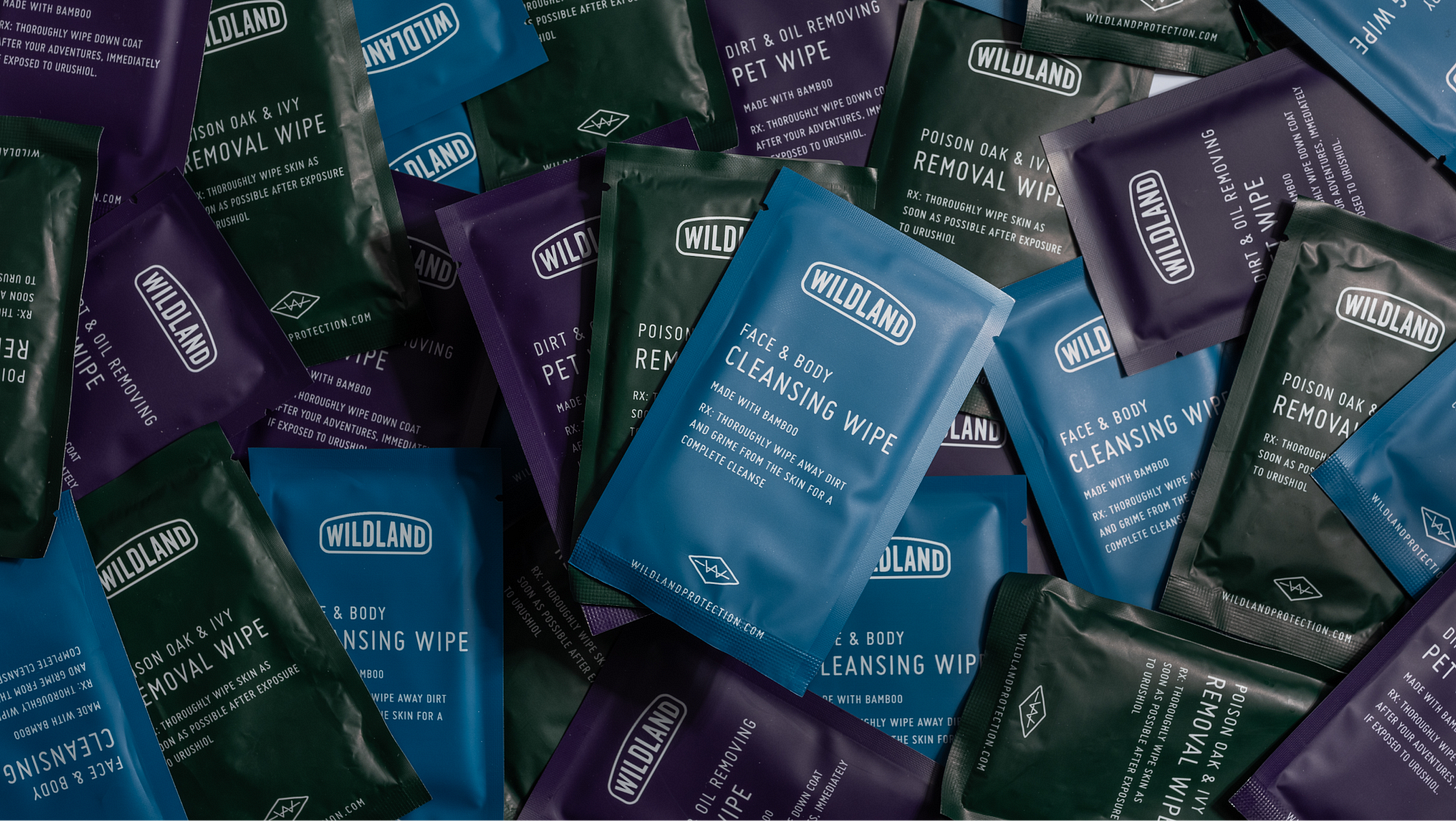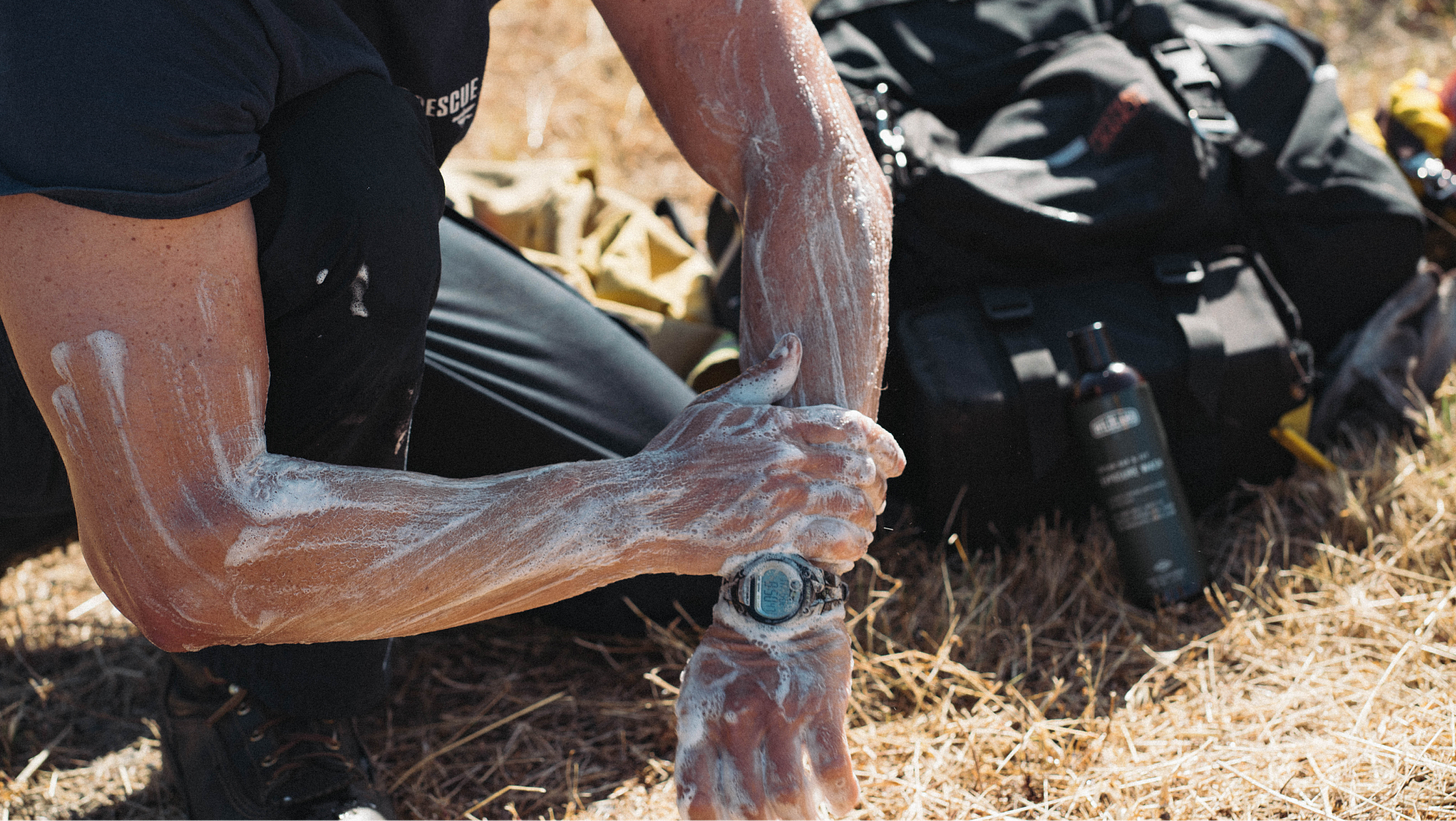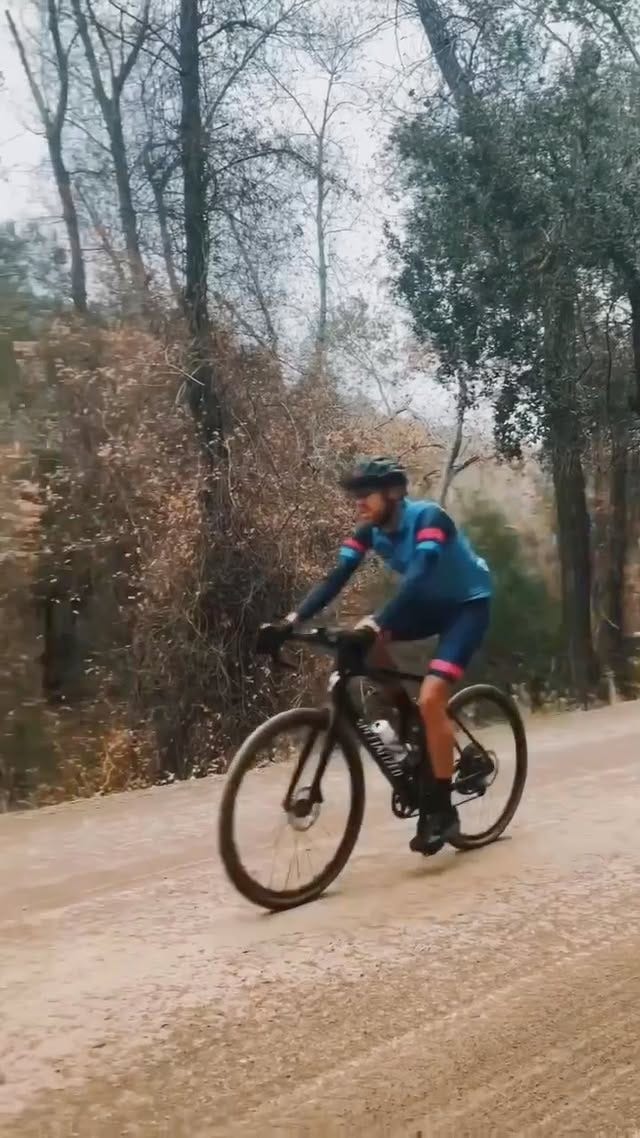Blind Spots: The Hidden Cost of Falling in Love with Your Idea
Lessons learned while launching then closing my skincare company.
I’ve founded quite a few companies in my life. Some found traction, a few even had exits. Others, like my skincare brand, Wildland, were a train wreck in slow motion.
Here’s the thing: the lessons I remember most didn’t come from the wins. They came from painful, expensive failures. And while I wouldn’t wish that experience on anyone, I also know most founders will face their own version of it.
With the recent timing of Wildland’s close, I have been processing all of the good, bad, and damn, why did we do that - and thought it could be a great opportunity to share the practical, hard-earned lessons I wish someone had handed me before I sank years (and plenty of cash) into this venture. Think of it as field notes from the trenches of building a physical product company: what worked, what didn’t, and the blind spots that nearly every founder has to fight.
Over the next few posts, I’ll unpack what I learned about:
Spotting blind spots early (today’s post)
Manufacturing and product realities no one tells you about
Why a sexy brand won’t save you without sales
The hard truths about partnerships and co-founders
My big-picture takeaways about what kinds of ventures I will (and won’t) build again.
If you’re thinking about starting a company, especially one with a physical product, I hope these stories save you some of the heartache (and cash) I went through.
So let’s start with the biggest blind spot of them all: the hidden cost of falling in love with your own idea.
If you told me at a dinner party, “I just shut down my startup. I’m a failure,” I’d stop you right there.
“You’re not a failure. You did something millions of people only dream about: you took a swing.”
But here’s the catch: when it’s your company and your mistakes, it doesn’t feel that way. I know, because I’ve recently been there.
The Wildland Story
A few years ago, I started Wildland, a skincare brand focused on poison oak and ivy. The gap seemed obvious. The market leader was Tecnu, a product literally invented in the 1960s to wash off nuclear fallout. When we dreamed up Wildland, outdoor recreation was booming, DTC brands were exploding, and I thought: Perfect. If we build a better product and a better brand, we will own this space.
That was my blind spot.
The real competitor wasn’t Tecnu, a fifty year-old brand in the space. It wasn’t some new startup in stealth mode. It was people doing nothing.
Most folks who come into contact with poison oak or ivy don’t wash the oils off at all. If they get the rash, they just raw dog it and try things like calamine lotion (which does nothing, for the record) or a homemade remedy. We were solving a problem most people didn’t even recognize as worth solving.
I’ve spent 20 years in design and brand. I love the work. I care about polish, intention, and the details most people overlook. But when you love craft as much as I do, it’s dangerously easy to assume those things will carry the day.
They don’t. Customers don’t buy polish, they buy a true solution.
At Wildland, we went all-in on building a great working, sustainable product along side a beautiful brand. We even sent merch to outdoor influencers with millions of followers. Great photos. Zero sales. Turns out people don’t impulse-buy poison oak wash.
What I Learned the Hard Way
Two years and around $120K later, the lesson was painfully clear:
Rule #1: Don’t sell the problem and the solution.
If you have to convince people that a problem exists before they’ll care about your fix, you’re not in a product business. You’re in the missionary business.
That’s a much harder road.
A Better Question to Ask
If you’re building something new, take a moment to ask yourself:
What assumptions am I making about my product and market?
Am I mistaking my own enthusiasm for demand?
Is my real competitor indifference?
Blind spots aren’t obvious until they’re expensive. Better to catch them now than after two years of fighting the wrong battle.
Why This Matters to Me Now
Those blind spots cost me time and money. It’s not just about making something beautiful. It’s about creating something people will actually use.
And that’s a lesson worth carrying forward.
Next up in this series: the nuts-and-bolts lessons I learned about manufacturing and product development — the kind that will save you time, money, and heartache.



